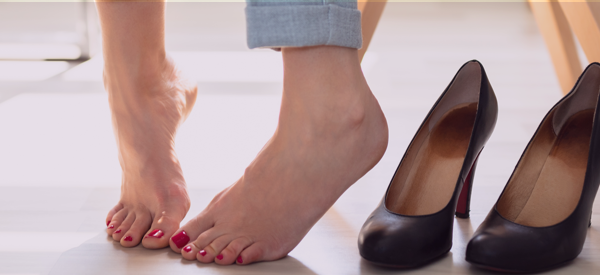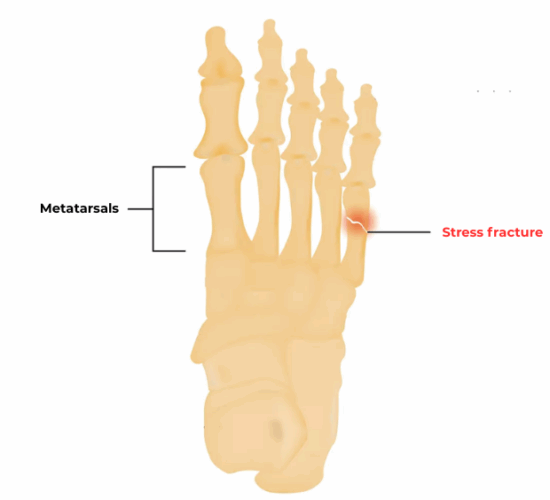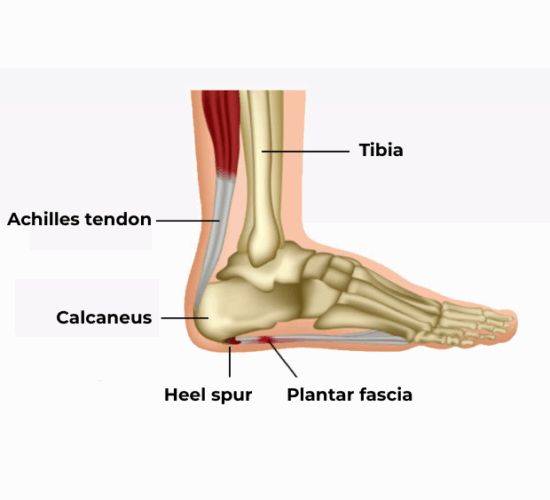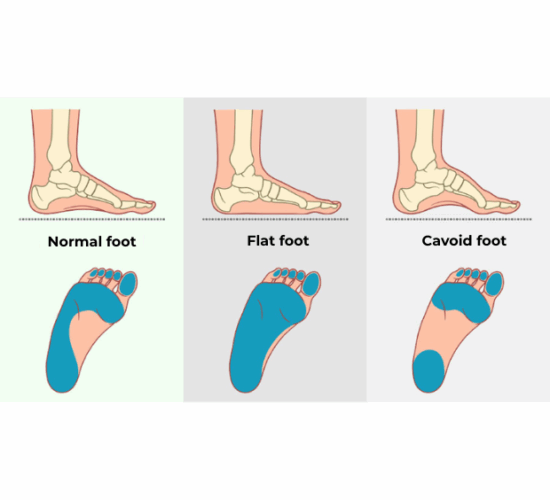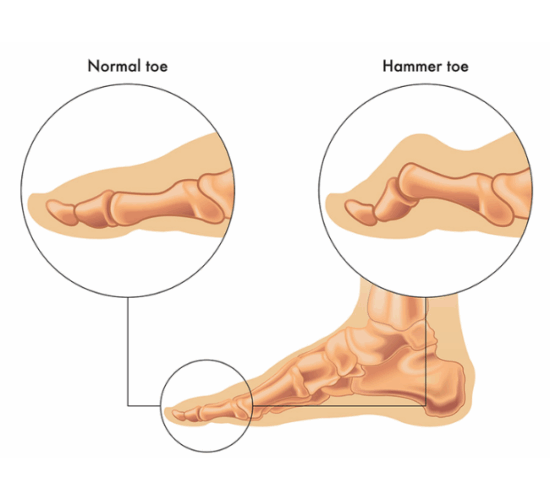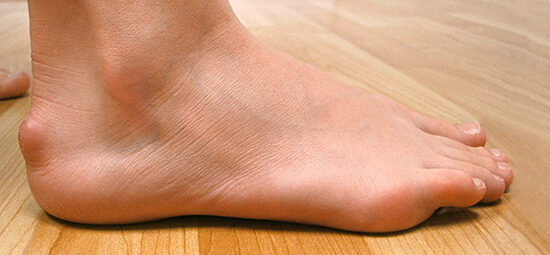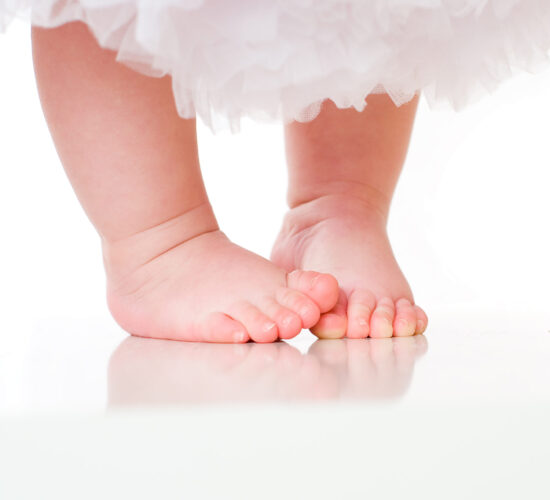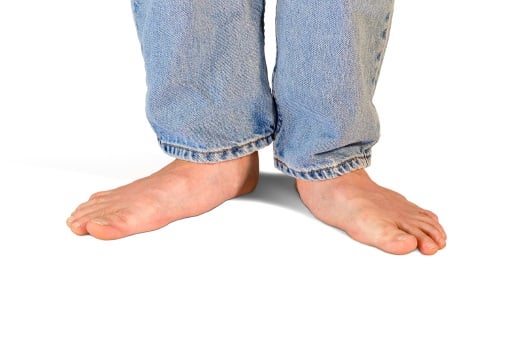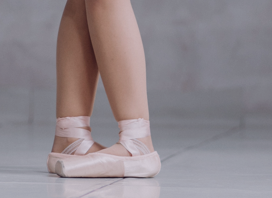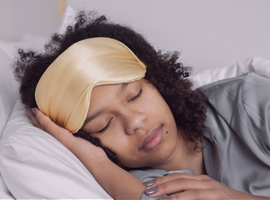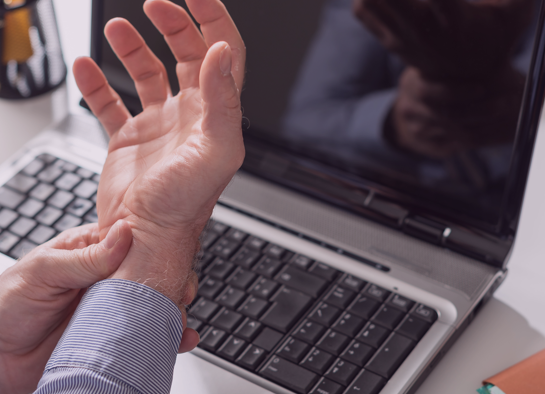The anatomy of the foot is highly complex. More than 20 muscles, tendons and bones work together to enable us to stand, walk and run. Our feet are made up of different parts, which is why foot pain is so common.
Whether you’re suffering from pain on the bottom, top, heel or back of the foot, in this article we look at the various possible causes of foot pain and, above all, suggest solutions to alleviate your pain and treat it.

